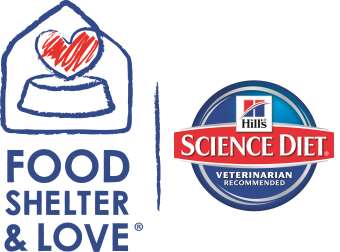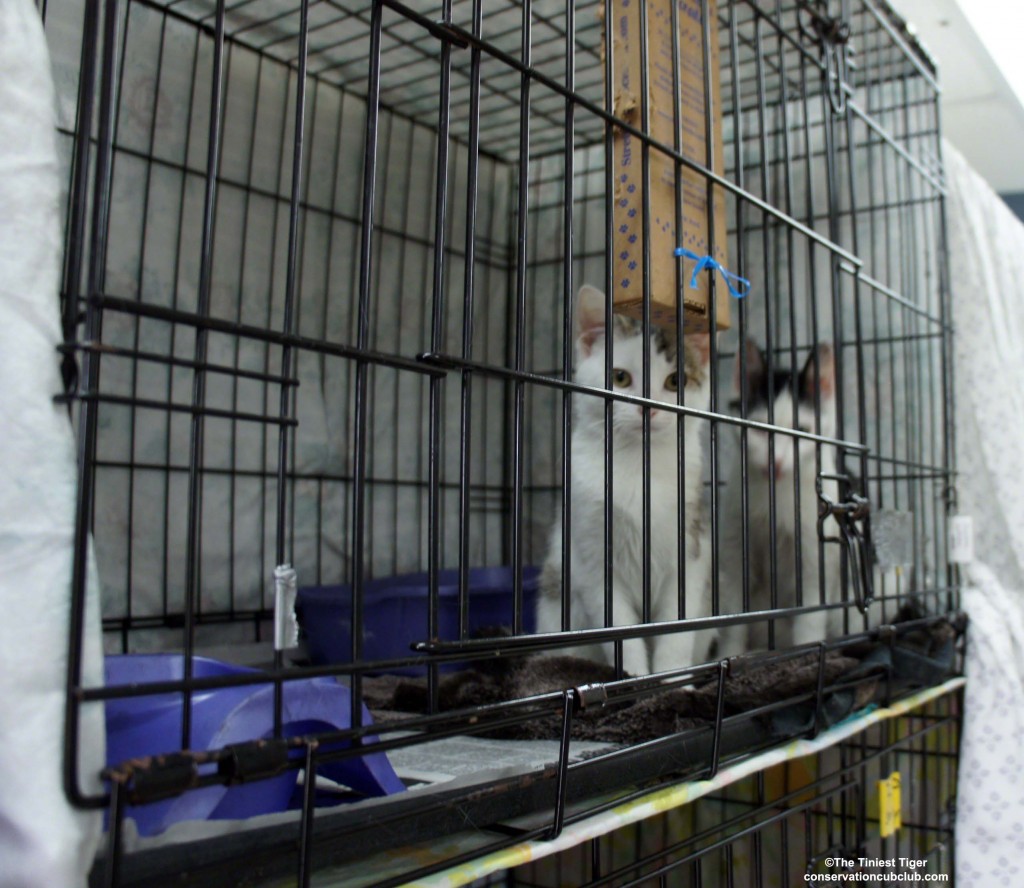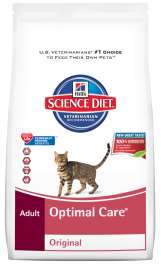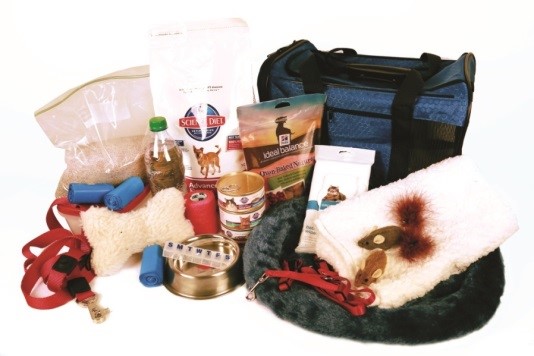This post is sponsored by Hill’s. I am being compensated for helping spread the word about Hill’s® Food, Shelter, & Love Program, but The Tiniest Tiger only shares information we feel is relevant to our readers. Hill’s Pet Nutrition, Inc. is not responsible for the content of this article.
We take steps to make sure we are ready for severe storm season. These storms are the one thing I don’t like about warmer weather. We take precautions to make sure we are ready to move all three cats to safety with us should the need arise. Eddie and Mercy are afraid of storms so they will run and hide. When storm alerts are issued for our area, we place the cats into a closed room before the thunder rolls so that it will be quicker placing them into their carriers if we need to take shelter in the basement.
Hill’s Disaster Relief Network
When disaster strikes, the Hill’s Disaster Relief Network is prepared and positioned to swiftly respond with shipments of pet food to communities impacted by disaster. Established in 2013, Hill’s first-of-its-kind national network is an extension of its Food, Shelter & Love® program. In the first year of the program, Hill’s delivered free pet food to 50 shelters and veterinary clinics across the country in response to 11 major incidents including floods in Colorado, fires in Idaho and Arizona, tornadoes in Oklahoma and Kansas, the fertilizer explosion in Waco, Texas and just recently the mudslide in Washington and tornadoes in the central and south regions of the country.
The burden for shelters during a disaster stresses an already overwhelmed staff and resources to the brink as they are not just caring for shelter animals, but also pets that have become separated from their owners. Hill’s Disaster Relief Network is able to put their team into motion at a moment’s notice to ensure that all of the stressed and afraid animals will have proper nutrition to keep them healthy until they can be reunited with their families.
Even the most prepared owners can get separated from their pets and it is important to have a plan in place to ensure the health and safety of your pet in times of crisis.
Hill’s Recommends These 7 Tips to Ensure Your Pet’s Safety in an Emergency
1. Make sure your pet can be identified by a microchip or collar ID tag and that the information is up-to-date.
2. Keep a “Pet Emergency Go-Kit” of pet supplies readily accessible in an emergency. Your Pet Go-Kit should include the following:
- first aid supplies and guide book
- 3-day supply of pet food in a waterproof container and bottled water
- A safety harness and leash or walking jacket
- waste clean up supplies including a disposable litter pan and scoop.
- medications and medical records
- a contact list of veterinarian and pet care organizations.
- information on your pet’s feeding routine and any behavioral issues
- comfort toys
- blanket
3. Display a pet rescue decal on your front door or window to let first responders know there is a pet in the house. Include your veterinarian’s contact information.
4. Learn where your pet likes to hide in your house when they are frightened. Finding them quickly will help you evacuate faster
5. Identify a location to take your pet if you need to leave your immediate area. Keep in mind that disaster shelters for people may not be open to pets. Scout hotels and motels with friendly policies and ask relatives or friends if they could house you and your pet.
6. Carry a picture of your pet in the event of separation.
7. If you need to evacuate, consider taking a pet carrier or crate if possible for transport and safe-keeping.




